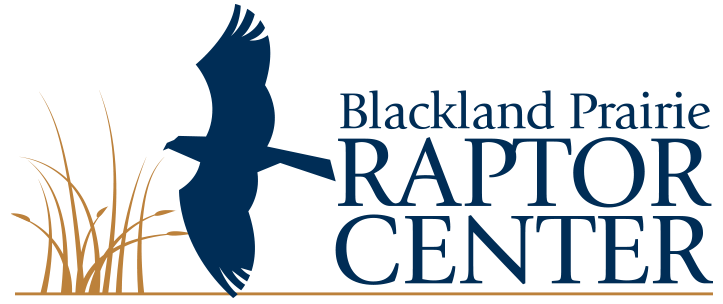
Found an injured raptor?
Call or text us at 469-964-9696
The Blackland Prairie Raptor Center treats sick, injured, and orphaned birds of prey 365 days per year.
Our Raptor Hotline accepts calls from 9 am – 3 pm. daily. We check our voicemails often. Please leave us a message if you’re unable to reach us and we’ll return your call as soon as possible.
If you have an injured animal or other type of bird, you can find a wildlife rehabber in your area by visiting the Texas Park and Wildlife Rehabilitation website.
If you find an injured raptor, please take the following steps:
- Text a photo of the bird to 469-964-9696.
- Note the location.
- Call for help and further instructions: 469-964-9696
- Do not offer any food or water to an injured raptor.
- Do not touch the bird unless instructed to do so by our professional team.
Tips for handling a wild raptor
If our team instructs you to contain the raptor, please use the following tips to ensure your safety and the safety of the bird.
Source: https://raptor.umn.edu/injured-bird/raptor-handling-tips
- Safety comes first! Do not attempt to capture an injured raptor on a busy roadside, in water, or in other potentially dangerous locations.
- Protect yourself from sharp beaks and talons. You should always wear safety glasses and gloves. For small raptors, we recommend wearing wrist-length leather gloves; for medium-sized raptors we recommend mid-arm length welder’s gloves. Large raptors require extra protection and we do not recommend handling them unless you are skilled.
- Approach it slowly with a towel or blanket depending on the size of the raptor and only if you and the bird are both in a safe location. Make sure the blanket is hiding your face as you approach. You can take “peeks” as you get closer. What direction you approach will depend on your surroundings, as the bird may try to run or fly short distances away from you if it is able. For example, if the bird is facing a road or body of water, try to approach from the front so it will move in the opposite direction. If by moving forward, it will be cornered and easier to capture, approach from the back. A side approach will almost always result in a bird moving forward.
- Gently cover the entire bird with the towel or blanket, pin its wings to its body, lift it, and gently place it in a prepared transport container. Remove the towel or blanket as you let go. Remember: Even a seriously injured raptor is potentially dangerous. Wild birds do not understand that we are trying to help and will defend themselves. They are quite unpredictable, and you should be especially aware of their sharp beak and talons.
- Transport a raptor in a plastic dog or cat kennel, or in a sturdy cardboard box with the top closed. Avoid bird or wire cages, as these can cause feather and soft tissue damage. The carrier should have plenty of ventilation holes and should only be slightly larger than the size of the bird. The less room an injured bird has to move around, the less likely it is to cause more injury to itself. However, on the flip side, if a container is too small, a bird can sustain extensive wing and feather damage.
- Provide it with a dark, quiet, calm, warm environment until the bird can be transferred. Darkness has a calming effect on birds. Extra care should be taken to keep the bird away from children and pets. Do not keep a raptor any longer than is necessary before transferring it to a veterinary professional, raptor rehabilitator, or state/federal wildlife representative.
- Do not make any stops during transport. Like other animals, raptors can overheat quickly in hot vehicles or go into shock if they are injured and exposed to extreme cold. Also, do not play the radio loudly as this will add to their level of stress.
![2[1]](https://bpraptorcenter.org/wp-content/uploads/2023/07/21-2.png)

![1[1]](https://bpraptorcenter.org/wp-content/uploads/2023/07/11-1.png)
![3[1]](https://bpraptorcenter.org/wp-content/uploads/2023/07/31-2.png)

